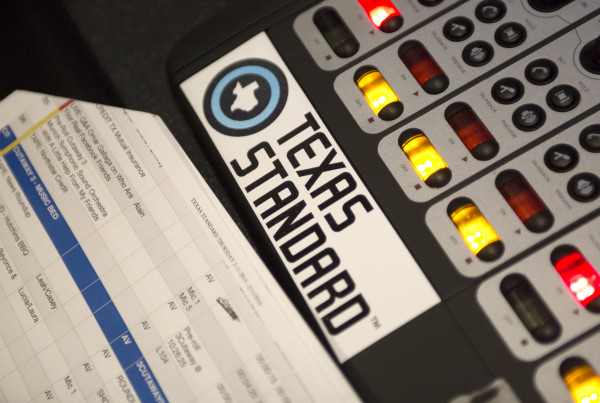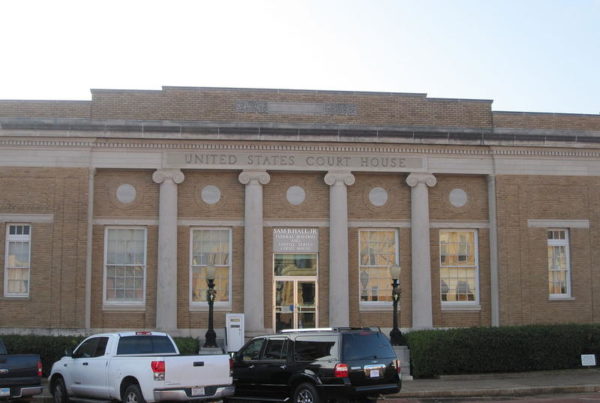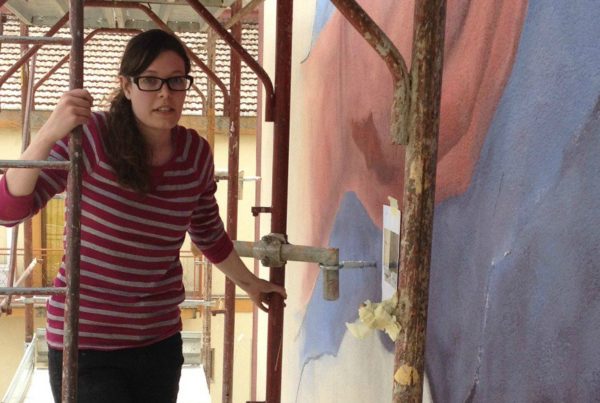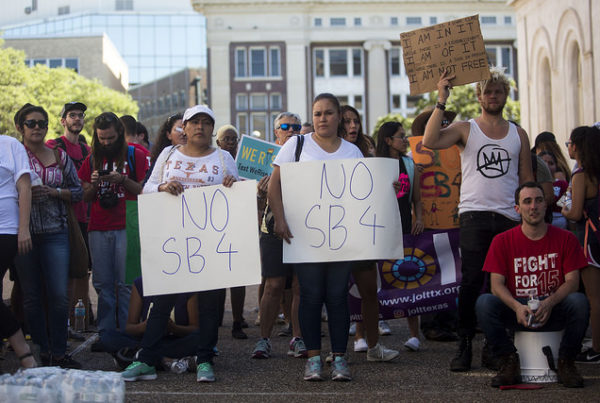In the years that followed the Supreme Court’s 1954 decision in “Brown v. Board of Education,” desegregated schools in the south slowly but surely became the norm. And for many years, it stayed that way.
But now, that trend is reversing. A new report by the Civil Rights Project shows that schools in 11 southern states, including Texas, have begun to resegregate. One of the authors, an associate professor of education at Penn State University Erica Frankenberg, says three key Supreme Court decisions on desegregation in the early 1990s led to the reversal.
Standards that had been in place since 1970 were suddenly relaxed. As a result, southern schools have experienced the strongest impact because they historically had the most desegregation cases.
“We’ve seen hundreds of districts who’ve been released from desegregation cases,” Frankenberg says.
Demographics also play a role in the resegregation. The population of Latinos has overtaken that of African-Americans in the South. School districts in the South also tend to be larger, says Frankenberg, so the opportunity for students to mix is improved. However, school districts are now becoming smaller and students are being splintered off due to the rise in charter and private schools. Charter school enrollment in the South over the last decade has outpaced the rest of the nation, according to the study.
“Each of these have different kinds of impacts,” Frankenberg says. “But taken together, it’s pulling students away from all being in the same public school districts and changes what’s even possible in school integration.”
Resegregation is difficult to solve, admits Frankenberg, because it’s not tied to just one factor.
“You can’t just snap your fingers and expect all of this to switch,” Frankenberg says.
School districts need to think about their role in turning the tide away from resegregation because it benefits schools to be more diverse, according to Frankenberg.
Written by Louise Rodriguez.

















